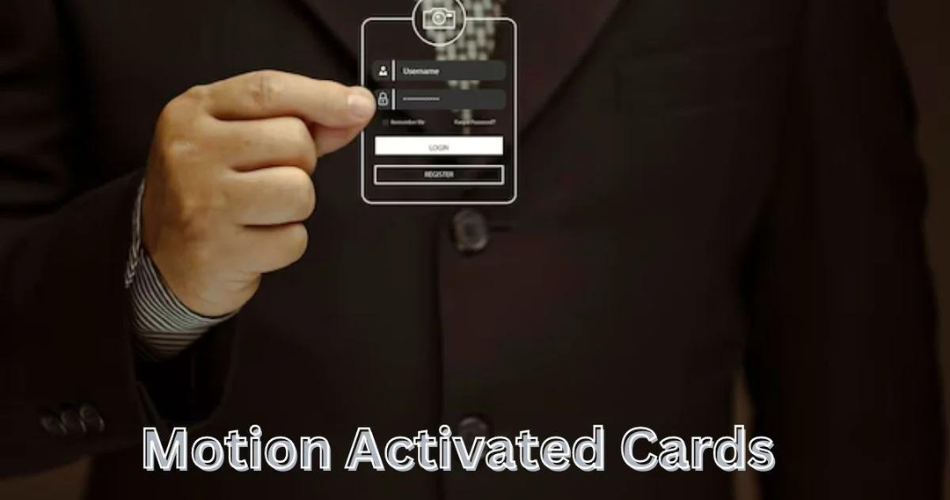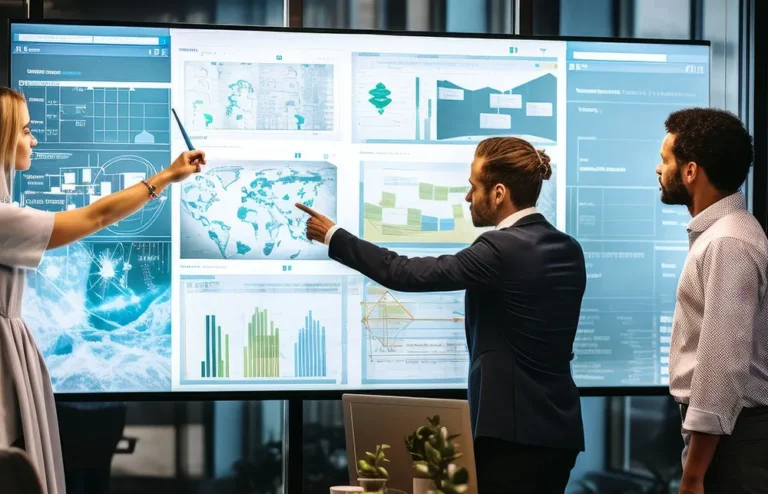Motion Activated Cards for Facilitation: Transforming Engagement and Interaction
In today’s rapidly advancing world, effective facilitation demands a blend of creativity and innovation to keep participants engaged and focused. One groundbreaking tool that has emerged in this realm is the motion-activated card. These interactive cards are transforming the landscape of workshops and training sessions by fostering enhanced engagement, connectivity, and interaction among participants.
This article delves into the diverse applications and advantages of motion-activated cards, exploring how they offer a fresh perspective on traditional facilitation techniques and setting the stage for their future potential.
Versatile Applications of Motion-Activated Facilitation Cards
Motion-activated facilitation cards are exceptionally adaptable tools that can enhance various settings, from corporate environments to educational settings and community workshops. Their interactive nature introduces a dynamic element to facilitation, fostering increased engagement and interaction among participants.
In corporate settings, these innovative cards can revolutionize brainstorming sessions by sparking creativity and generating novel ideas. Facilitators might use them to present intriguing questions or scenarios that prompt participants to move and interact, thereby creating a collaborative atmosphere. Additionally, in team-building exercises, these cards can serve as catalysts for icebreakers and problem-solving activities, bolstering team cohesion and enhancing communication.
Educational workshops can also gain significant benefits from incorporating motion-activated cards. Educators can employ these tools to facilitate engaging discussions, conduct interactive lessons, and stimulate active participation among students. By integrating movement and interaction into educational activities, teachers can foster a more vibrant and engaging learning environment.
Enhancing Relationship Building and Trust
A notable advantage of using motion-activated cards in facilitation is their ability to strengthen relationships and build trust among participants. The interactive features of these cards encourage individuals to engage with each other more openly, creating a supportive space for the exchange of ideas and opinions.
The active engagement required by motion-activated cards makes participants feel more involved and valued, which naturally cultivates trust. This interaction helps dismantle barriers that often impede effective collaboration in group settings. As participants collaborate and share insights, they forge stronger connections, thereby enhancing the overall effectiveness of the workshop.
Furthermore, the trust fostered through the use of these cards contributes to a more inclusive environment. Participants who might otherwise hesitate to contribute in conventional settings are more likely to engage when prompted by these interactive tools. This inclusivity ensures that a wide range of perspectives are considered, leading to more robust discussions and richer outcomes.
The Concept and Technology Behind Motion-Activated Cards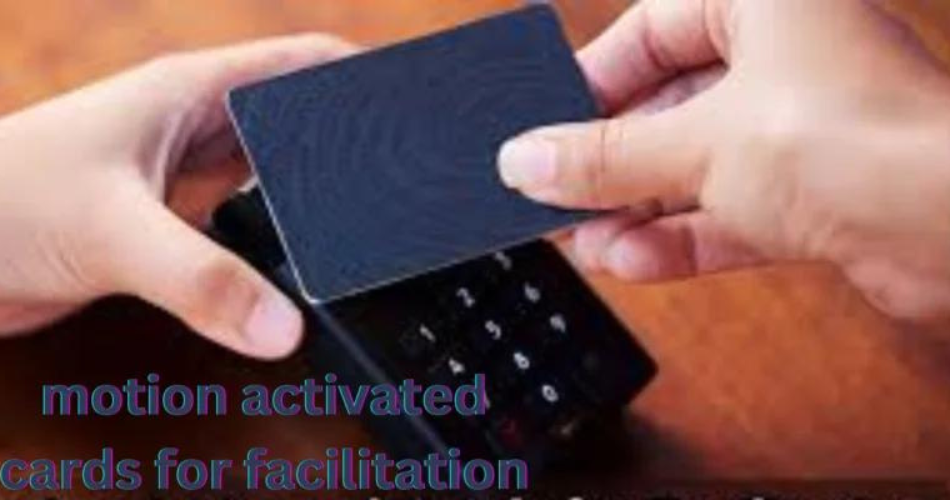
Enhancing Engagement with Motion-Activated Cards
Motion-activated cards represent an innovative approach to fostering engagement and interaction during sessions. These advanced tools incorporate motion sensors that detect physical activity, triggering responses that encourage further discussion and collaboration.
The core idea behind motion-activated cards is to blend physical movement with communication. By interacting with these cards, participants may activate prompts, questions, or activities tailored to the session’s theme. This synergy between movement and interaction keeps attendees actively engaged, enhancing the effectiveness of the facilitation process.
These cards can feature a variety of content, ranging from stimulating questions to hands-on exercises. When used in workshops and training sessions, they create a dynamic environment that promotes active participation and strengthens connections among participants.
Technology Enhancing Motion Activation
The functionality of motion-activated cards is greatly enhanced by technological advancements. These cards are equipped with sophisticated sensors and software that detect movement and trigger interactive features, making the facilitation process more engaging and responsive.
With continuous technological progress, motion-activated cards are becoming more advanced. Some models integrate with software platforms, allowing facilitators to gather real-time feedback and data during sessions. This capability enables facilitators to adjust their methods based on participant reactions, resulting in a more tailored and impactful experience.
Future innovations could include the integration of artificial intelligence (AI) and augmented reality (AR), further enhancing the interactive capabilities of motion-activated cards. For instance, cards could interact with smart devices to deliver real-time feedback or personalized content based on participant input, potentially transforming the facilitation process.
Real-World Applications of Motion-Activated Cards
Motion-activated cards have been successfully utilized across various sectors, illustrating their practical benefits and versatility. Case studies from different fields highlight how these tools can enhance engagement and interaction.
In a corporate environment, motion-activated cards were used during a team-building retreat to facilitate open communication and collaboration. The cards encouraged participants to engage in interactive exercises and share their insights, resulting in improved team cohesion and dynamics. This example demonstrates the potential of motion-activated cards to enrich corporate training and development.
In educational contexts, educators have employed motion-activated cards to create engaging and interactive workshops. By enabling students to express their thoughts through the cards, teachers have fostered a more inclusive learning atmosphere. The anonymity offered by the cards also encouraged quieter students to participate, leading to more balanced and comprehensive discussions.
Best Practices for Utilizing Motion-Activated Cards in Facilitation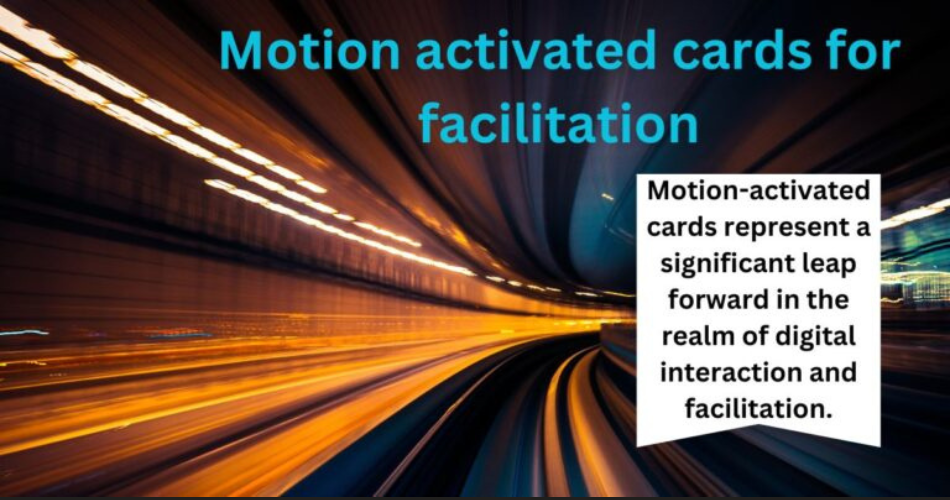
To optimize the effectiveness of motion-activated cards in facilitation, it’s essential to consider several best practices. These include establishing clear objectives, customizing content for participants, and securing informed consent to ensure a productive and respectful experience.
1. Establish Clear Objectives:
Prior to implementing motion-activated cards, facilitators should clearly articulate the objectives of the session. Identifying specific goals and desired outcomes helps in selecting the most appropriate content and activities for the cards. Clear objectives keep the facilitation process focused and aligned with the overall mission.
2. Customize Content for Participants:
It’s vital to adapt the content of motion-activated cards to align with the interests and needs of the participants. Facilitators should take into account the demographic characteristics, preferences, and expertise of their audience when designing the cards. Tailored content increases relevance and engagement, leading to more meaningful interactions.
3. Secure Participant Consent:
Building trust and fostering a positive environment involves obtaining consent from participants before utilizing motion-activated cards. Facilitators should clearly communicate how the cards will be used and how participant data will be managed. This transparency helps maintain respect and integrity throughout the facilitation process.
Ethical Considerations and Data Privacy
When using motion-activated cards, ethical considerations are crucial. Ensuring participant consent and addressing data privacy concerns are essential to maintaining a trustworthy and respectful environment.
1. Emphasize Participant Consent:
Facilitators must be transparent with participants about the use of motion-activated cards. Explicit consent ensures that participants are informed about and agree to the use of these tools. This openness builds trust and enhances engagement.
2. Safeguard Data Privacy:
Protecting data privacy is a top priority when utilizing motion-activated cards. Any data collected during sessions should be kept confidential and used only for the intended purpose. Implementing strong security measures and adhering to relevant regulations is critical for maintaining an ethical facilitation environment.
Exploring Future Trends in Facilitation Tools
The future of facilitation tools, including motion-activated cards, is bright with advancements in technology. Innovations such as artificial intelligence (AI), augmented reality (AR), and smart devices promise to further enhance the effectiveness and engagement of facilitation practices.
1. AI Integration:
Integrating AI with motion-activated cards has the potential to transform facilitation by offering real-time insights and personalized content. AI-driven cards could analyze participant interactions and feedback, enabling facilitators to adjust the facilitation process for greater impact.
2. Augmented Reality (AR):
Incorporating AR technology into motion-activated cards could lead to immersive and interactive experiences. AR could superimpose digital content onto physical cards, providing additional layers of information and engagement for participants.
3. Enhanced Customization Using Participant Data:
Future advancements might allow for more personalized customization of motion-activated cards based on participant data. Facilitators could leverage insights from previous sessions to tailor content and activities, ensuring each experience is relevant and engaging for the specific audience.
Enhancing Workshop Participation with Facilitator Cards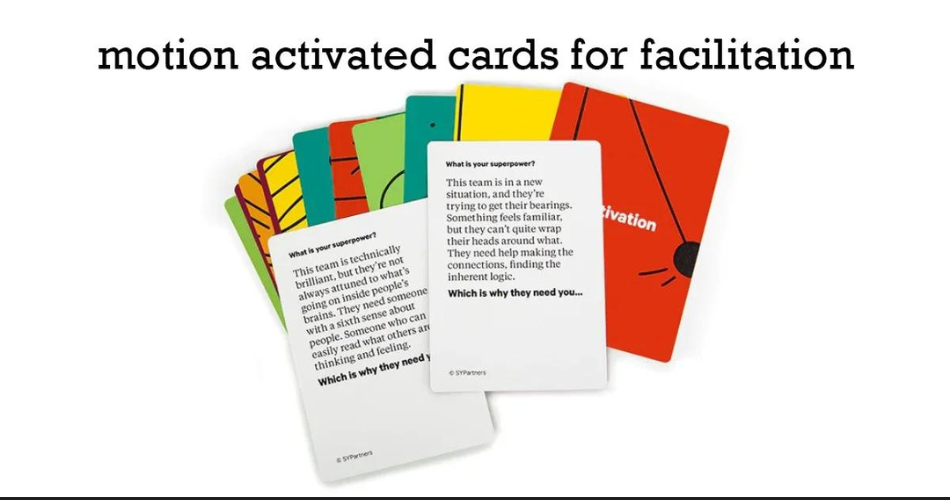
Facilitator cards serve as effective instruments to boost engagement and interaction during workshops. By integrating these interactive tools, facilitators can encourage participants to actively contribute and share their perspectives.
1. Energizing Activities: Facilitator cards can introduce a variety of engaging activities, such as anonymous Q&A sessions and hot seat exercises. These activities create a more inclusive atmosphere, encouraging every participant to get involved and share their thoughts.
2. Anonymous Q&A and Hot Seat Exercises: Anonymous Q&A allows participants to pose questions without the concern of judgment, fostering open communication and diverse viewpoints. Meanwhile, hot seat exercises involve one participant taking center stage while others provide feedback or pose questions, leading to an interactive and engaging experience.
3. Quick Reflections and Subgroup Discussions: Quick reflection tools like minute papers enable participants to capture their immediate reactions and insights, which promotes deeper engagement. Subgroup discussions, or subcommittees, allow participants to brainstorm on specific topics in smaller groups, resulting in more actionable insights and collaborative solutions.
Facilitator Cards in Training Sessions
Using facilitator cards in training environments can significantly enhance the overall learning experience. These tools help trainers create interactive, engaging sessions that promote active participation and improve information retention.
1. Organized Conversations: Facilitator cards help streamline discussions by providing structured prompts and activities. This method ensures that discussions remain focused and that every participant has the chance to contribute.
2. Fostering Inclusivity: Incorporating key elements such as icebreakers, interactive exercises, and feedback mechanisms helps establish an inclusive environment. This approach ensures that every participant feels acknowledged and engaged, which improves understanding and retention of the material.
Key Components for Effective Sessions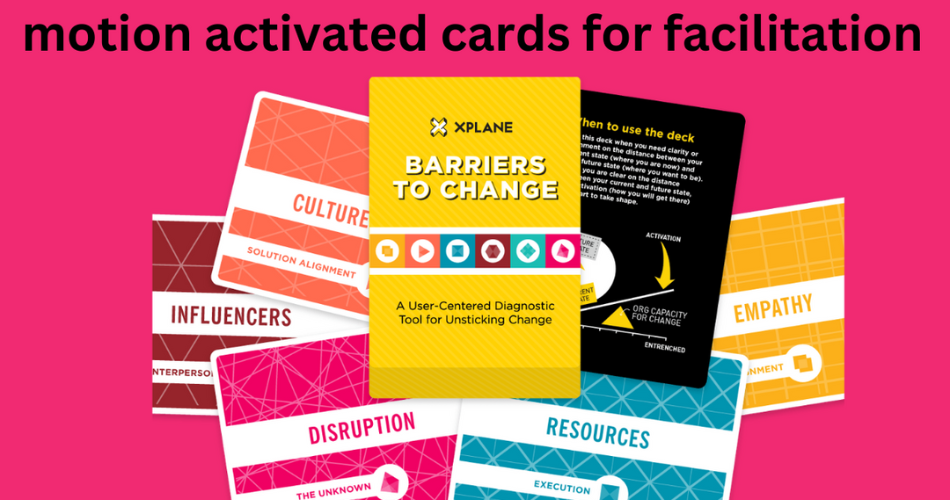
To leverage the full potential of facilitator cards, it’s important to integrate essential components that drive engagement and participation.
1. Defined Objectives: Begin with clear objectives to steer discussions and activities. This clarity helps participants grasp the session’s purpose and align their contributions effectively.
2. Varied Engagement Techniques: Employ a mix of engagement techniques tailored to your audience. Utilize icebreakers, interactive activities, and feedback opportunities to sustain energy and encourage collaboration throughout the session.
Expectations from a Facilitator Cards Session
Participants can expect a highly interactive and engaging experience when motion activated cards are used. These cards harness technology to create a dynamic and responsive environment that encourages active participation and meaningful connections.
Facilitators should be prepared for dynamic exchanges and unexpected insights. The interactive nature of motion activated cards may lead to richer conversations and deeper connections among participants. The overall atmosphere will be one of collaboration and openness, fostering a productive and engaging workshop experience.
Conclusion
Motion activated cards are transforming how facilitators engage participants in workshops and training sessions. These innovative tools enhance interaction, build relationships, and foster trust by leveraging technology. Their adaptability across various environments makes them a valuable asset for creating dynamic, interactive experiences.
These cards utilize motion-sensitive technology to engage participants in real-time, offering new ways to facilitate communication and collaboration. Case studies from different sectors highlight their effectiveness in improving group interactions and driving productive discussions. By integrating motion activated cards, facilitators can elevate participant engagement and achieve more meaningful outcomes.
It’s essential to prioritize ethical considerations when using these tools. Ensuring participant consent and maintaining transparency about the technology’s usage are fundamental for preserving trust and respecting privacy.
Looking forward, the future of facilitation is bright with advancements in artificial intelligence, augmented reality, and personalized data integration. Motion activated cards are at the forefront of these innovations, promising to make workshops more interactive and impactful. As technology evolves, these tools will increasingly shape the landscape of group facilitation, driving new levels of engagement and effectiveness.
Keep up-to-date with breaking news and updates on Aoomaal
